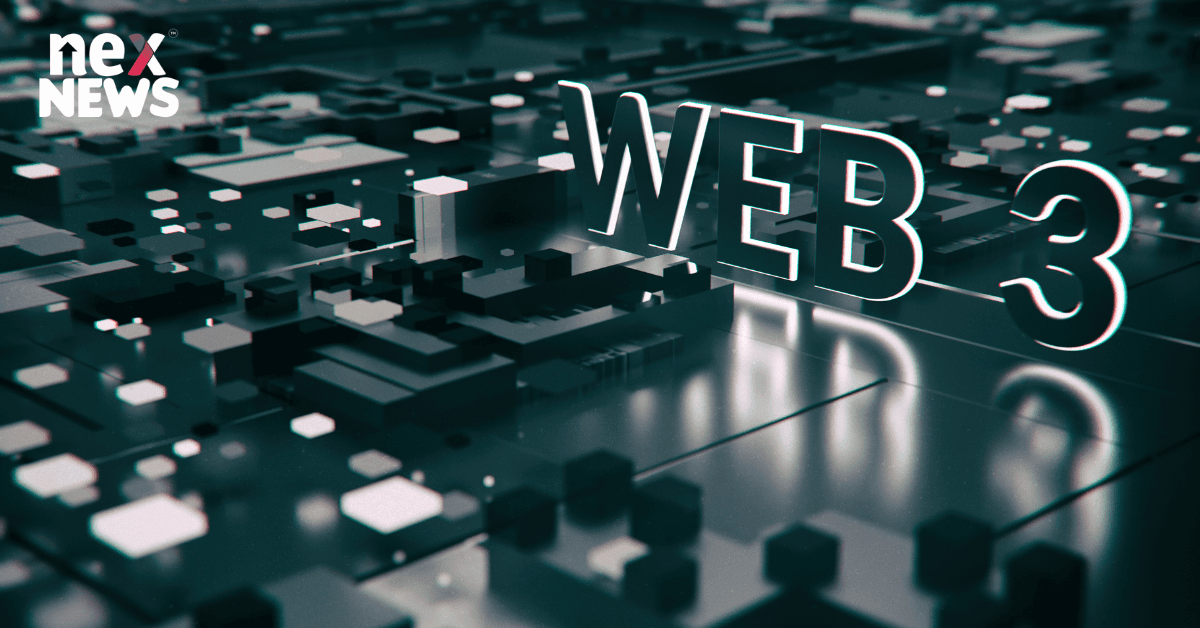In the early days of the internet, the World Wide Web was a largely centralized system, with a handful of large corporations controlling the majority of online content and services. However, in recent years, we've seen a surge in interest in decentralized technologies like blockchain, which are challenging the traditional model and offering new possibilities for the future of the web. In this article, we'll explore the concept of Web3, a term that refers to the next generation of the internet, and how it's poised to change the game for businesses and consumers alike.
What is Web3?
At its core, Web3 is a vision of a decentralized web that's powered by blockchain technology. Rather than relying on a centralized server or authority to manage data and transactions, Web3 is built on a distributed network of computers, where each node has a copy of the data and can participate in the verification and processing of transactions. This creates a more secure and transparent system, where users have greater control over their data and can transact with each other directly, without the need for intermediaries.
How is Web3 different from Web2?
To understand the potential impact of Web3, it's helpful to first consider the current state of the web, known as Web2. In the Web2 model, the internet is largely controlled by a small number of powerful corporations, like Google, Facebook, and Amazon, which control vast amounts of user data and use it to power their business models. While this has enabled some incredible advancements in technology and connectivity, it has also created a number of challenges, including issues with privacy, security, and control.
Web3 aims to address these issues by decentralizing control of the internet, using blockchain and other distributed technologies to create a more open and transparent system. This has the potential to offer greater privacy and security for users, as well as more democratic control over data and online interactions.
What are the key features of Web3?
One of the key features of Web3 is its focus on decentralized applications, or dApps, which are built on top of blockchain networks like Ethereum. These applications operate on a peer-to-peer basis, with no central authority controlling the data or transactions. This creates a more resilient and secure system, where users have greater control over their data and can interact with each other more directly.
Another important feature of Web3 is its emphasis on digital identity, which is a critical component of the decentralized web. With Web3, users can create and manage their own digital identities, which can be used to access dApps and other decentralized services. This helps to ensure that users maintain control over their data and online interactions, and reduces the risk of centralized data breaches and hacks.
How is Web3 being used today?
While Web3 is still in its early stages of development, we're already seeing a number of exciting use cases and applications emerging. For example, decentralized finance, or DeFi, is one area where Web3 is already having a significant impact. DeFi applications allow users to transact with each other directly, using blockchain-based smart contracts to automate financial transactions like loans, trading, and insurance.
Other areas where Web3 is being explored include gaming, social media, and supply chain management, among others. In each of these areas, Web3 has the potential to create a more open and transparent system, where users have greater control over their data and interactions.
What are the benefits of Web3 for businesses?
For businesses, Web3 offers a number of potential benefits, including greater security, reduced costs, and increased transparency. By leveraging decentralized technologies like blockchain, businesses can create more secure and resilient systems, reducing the risk of data breaches and hacks. They can reduce costs by eliminating the need for intermediaries and by using smart contracts to automate processes like payments and supply chain management.
In addition, Web3 can help businesses build stronger relationships with their customers, by enabling more direct and transparent interactions. For example, businesses can use blockchain to create loyalty programs that reward customers for their contributions to the network, or to enable more secure and private messaging and communication.
What are the challenges facing Web3?
While Web3 holds a great deal of promise, there are also a number of challenges that must be addressed in order for it to reach its full potential. One of the biggest challenges is scalability, as many blockchain networks currently struggle to handle large numbers of transactions and users. This can lead to slow transaction times and high fees, which can make it difficult for businesses and consumers to adopt Web3 applications at scale.
Another challenge is interoperability, as there are currently many different blockchain networks and protocols, which can make it difficult for applications to work seamlessly together. This is an area where industry collaboration and standardization will be critical in order to ensure that Web3 can reach its full potential.
Conclusion
Web3 represents a major shift in the way we think about the internet, offering a more decentralized and democratic model that's powered by blockchain technology. While it's still in its early stages of development, Web3 has the potential to transform the way we transact and interact online, creating a more secure, transparent, and resilient system for businesses and consumers alike.
As the Web3 ecosystem continues to evolve and mature, we're likely to see more and more innovative applications and use cases emerge. Whether it's in the realm of finance, gaming, social media, or beyond, Web3 is poised to change the game for everyone who interacts with the internet.


POST A COMMENT (0)
All Comments (0)
Replies (0)